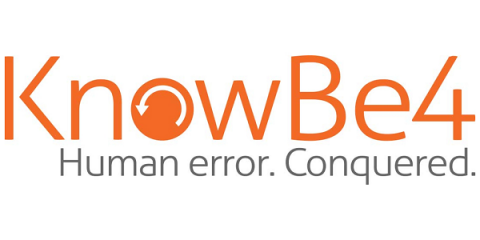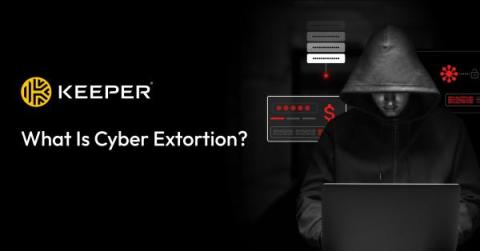Security | Threat Detection | Cyberattacks | DevSecOps | Compliance
Latest News
Three-Quarters of Organizations Have Experienced Phishing Attack in the Last 12 Months
Regardless of whether your environment remains on-premise, resides in the cloud, or is a hybrid configuration, new data makes it clear that your biggest risk is phishing attacks. According to Netwrix’s 2023 Hybrid Security Trends Report, released late last month, 73% of organizations have some form of hybrid environment, with slightly less than half of all workloads (44%) residing in the cloud.
Women CyberSecurity Society Targeted by Smishing Campaign
The Canada-based Women CyberSecurity Society (WCS2) has warned that its leadership, members, and volunteers are being targeted by an SMS phishing (smishing) campaign, IT World Canada reports. “A volunteer recently reported receiving a text message claiming to be from founder Lisa Kearney citing an urgent need for help,” WCS2 says.
How To Calculate Cybersecurity ROI and Communicate It to Executives
Machine Learning in Action - An In-Depth Look at Identifying Operating Systems Through a TCP/IP Based Model
In the previous post, we’ve discussed how passive OS identification can be done based on different network protocols. We’ve also used the OSI model to categorize the different indicators and prioritize them based on reliability and granularity. In this post, we will focus on the network and transport layers and introduce a machine learning OS identification model based on TCP/IP header values.
New in Vanta | January 2024
We closed out 2023 by rolling out more enhancements to the Vanta platform, including Updates to Automated Tests, 8 new integrations, GDPR with EU-US Data Privacy Framework, and more:
Two Zero-Day Vulnerabilities Impacting Ivanti Connect Secure and Policy Secure Gateways
Note: These vulnerabilities remain under active exploitation, and Kroll experts are investigating. If further details are uncovered by our team, updates will be made to the Kroll Cyber Risk blog. Two zero-day vulnerabilities have been discovered in Ivanti Connect Secure (ICS), formerly known as Pulse Connect Secure and Ivanti Policy Secure gateways.
Expert Insight for Securing Your Critical Infrastructure
Critical flaw found in WordPress plugin used on over 300,000 websites
What Is Cyber Extortion?
Cyber extortion is a category of cybercrime that involves digitally threatening or coercing someone to do something against their will. Cyber extortion typically disables an organization’s operations or exposes an entity’s valuable assets such as confidential data, intellectual property or infrastructure systems. A cybercriminal will then threaten organizations or individuals to pay a ransom to prevent further cyber attacks or regain access to their sensitive files or operations.









